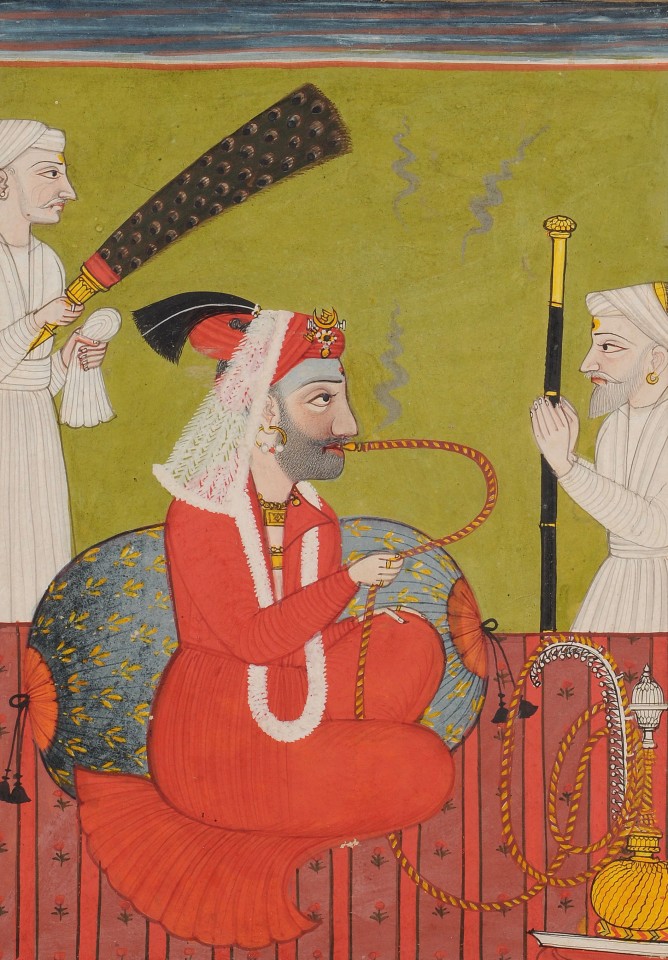Image 24 x 17.2 cm.; folio 29 x 22.7 cm.
Opaque Pigment on paper
Circa 1770-1780
Literature:
For further portraits of Raja Shamsher Sen see:
Archer, W.G., Indian Paintings from the Punjab Hills, London and New York, 1973
Goswamy and Fischer, Pahari Masters: Court Painters of Nothern India, 1992, nos. 80 - 81
Shiv Jawala Sen, was the heir apparent to Raja Sidh Sen (r. 1684 – 1727), but he died before his father, leaving two sons. Therefore at the age of six, following the death of his grandfather Sidh Sen in 1727, Raja Shamsher Sen, became the ruler of Mandi. The historical accounts of the life of Raja Shamser Sen (r. 1727 – 81) and the numerous supporting paintings produced during his lifetime describe one of the most unusual reigns in the Punjab Hills. Following his mother’s death in around 1740, Shamsher Sen came increasingly under the influence of his half brother Dhurchatia, and took to what Archer describes as ‘bizarre, lewd, crazy habits, while consorting with low companions.’ (W.G. Archer, Indian Paintings from the Punjab Hills, London, 1973, vol.I, Mandi, p. 347.) Goswamy and Fischer are a little more complimentary stating that Shamsher Sen was ‘deeply religious, whimsical [and] enigmatic’ (Goswamy and Fischer, Pahari Masters Court painters of India, Zurich, 1992, p 200.) However, as J. Losty remarks ‘it is clear that as a ruler he was not greatly interested in governing his kingdom.’
The current portrait shows the Raja as a comparatively old man with a grey unkempt beard. On his head he wears a red turban pinned at the front by a large golden sarpech, it is decorated with black feathers and an elaborate veil of jasmine flowers. He wears a red jama and is adorned with a heavy garland of jasmine flowers around his neck. He is kneeling on a striped red and pink rug, decorated with floral sprays, and supported by a blue bolster decorated with a gold arrowhead pattern. He is smoking from a golden hookah of a twisted spiral form. Wisps of smoke hang in the air above him. An elderly attendant holding his staff of office stands before him dressed in a plain white jama. A second attendant also dressed in white, stands behind him holding a morchhaland a white cloth signifying royalty. Both men stand behind the parapet in what Losty terms the ‘old fashioned manner’. The solid green background extends up to a blue white and orange striped sky, which unusually for portraits from the court at this period is devoid of birds.
The composition is a standard form repeated throughout the Mandi painting tradition and the raja is presented without any indication of a penchant for strange costumes or less than desirable companions. The only indication of something being amiss is the low stubbly beard, and the peculiar flower strands falling from his turban that he used as a veil, which is currently swept to one side. In discussion of an almost identical portrait in his own collection, Archer goes further and described him as ‘a great lazy figure, loaded with thick garlands and tasseled flowers, his oafish face puffing out spirals of hookah smoke’.
There are subtle differences between the Archer page and the present painting and it is difficult to determine which was the first generation. The treatment of the eyes of the raja and two attendant figures are rounded and more sensitively modeled in the Archer example. Whereas, the treatment of the raja’s jewelry, morchalhandle, textiles, and cup of the hookahare more detailed in the present painting. Other notable differences are the treatment of the multi-coloured streaked sky, the bolster and rug ornamented with flowers as opposed to the more common bands and wriggly lines. The artist responsible for the present page appears to have been more concerned with minor ornamental details. Together with the sharper pointed eyes of the attendant figures, this may suggest a later date compared with the Archer page. Regardless of date the present page is perhaps more dramatic in terms of the richer palette and the overall impact of the principle figure. A similar version to the current portrait now forms part of the Binney Collection, in the San Diego Museum, but in that version of the portrait the staff holder has been replaced by a hookah-bardar who is seated at the ruler’s feet.
